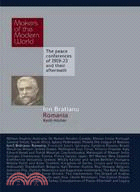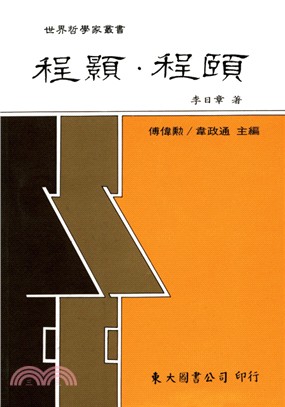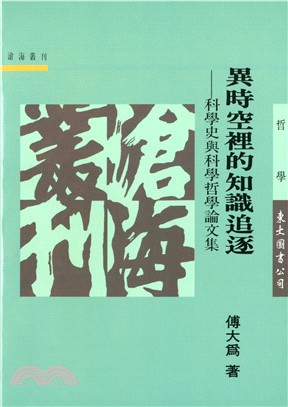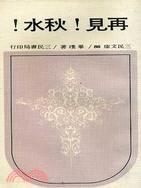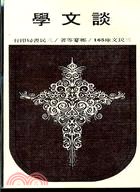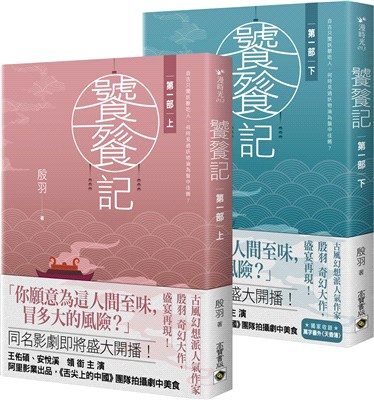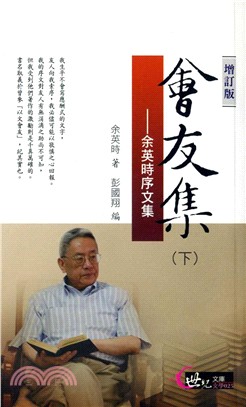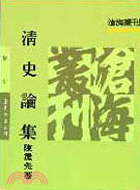Ion Bratianu: Romania: The Peace Conferences of 1919-23 and Their Aftermath
商品資訊
系列名:Makers of the Modern World
ISBN13:9781905791767
出版社:Haus Pub
作者:Keith Hitchin
出版日:2011/09/06
裝訂:平裝
規格:21.0cm*14.0cm*1.9cm (高/寬/厚)
定價
:NT$ 758 元無庫存,下單後進貨(到貨天數約30-45天)
下單可得紅利積點:22 點
商品簡介
作者簡介
相關商品
商品簡介
Ionel Bratianu, a major political force both in and out of power, was responsible for his country's presence at the Paris Peace Conference Romania came to Paris as a minor member but Bratianu felt that Romania had made sufficient sacrifices and had allied itself with the right parties to be heard and rewarded. The Paris Conference was also a culmination of Bratianu's life-long quest to Westernise and modernise Romania and to bring together all Romanians in a national state (particularly those in Transylvania, Bukovina and Bessarabia).
Romania's entry into the First World War was complicated by its earlier Triple Alliance with Germany, Austria-Hungary and Italy, Although the Central Powers pressured Bratianu to join them, his personal sympathies lay with France and Great Britain whom he wanted a commitment to supporting Romania's war effort and its territorial claims on Austria-Hungary.
At Paris, Bratianu determined to obtain all the territories and other benefits promised to him by the Allies, despite Romania's peace with the Central Powers in 1918 (Treaty of Bucharest). This was held against him by the Big Three, Clemenceau, Lloyd George and Woodrow Wilson and Romania was relegated, to the rank of states with limited interests: Bratianu's relations with. Clemenceau were not friendly Lloyd George was indifferent to Romania's aspirations and Woodrow Wilson's principle of self determination was opposed to Bratianu's primary interest in the nation slate. Bratianu refused to modify his stance on minorities and no Romanian delegate signed the Treaty of St Germain; Bratianu and his Cabinet resigned two days later.
With Bratianu's death in 1927 Romania saw a gradual drift to the tight, supported by the authoritarian regime of Carol II, the depression of the early 1930's and the aggressive policies of Nazi Germany. The Vienna Diktat of 1940 ended independent Romanian foreign policy and subordinated the Romanian economy to the German war effort.
Two paintings by Sir William Orpen: Peace Conference at the Quai d'Orsay and the Signing of the Peace treaty in the Hall of Mirros, Versailles, 28th June 1919, hang at the imperial War Museum in London. Who are the men Britain's war artist depicted and what was their story?
Some are immediately recognizable: the American President Woodrow Wilson; the French and British Prone Ministers, Georges Clemenceau and David Lloyd George. Some are more difficult to identify: Emir Feisal, accompanied in the Hashemite delegation by TE Lawrence; Prince Saionji, the Japanese eminence grise; and the clashing home of the Maharajah of Bikaner right behind Lloyd George. What brought them to the conference table in Paris? What did they achieve in the negotiations? What were the consequences of the peace which they came to Paris to achieve?
Thirty-two nations attended the conferences with thousands of delegates from Europe, North and South America, Asia, Australia and Africa, trying to achieve order and a lasting peace for the world that came out of that first global catastrophe. Idealistic plans were drawn up to achieve a lasting peace and the League of Nations came into being. Unfortunately, this attempt at a 'Peace to end all wars` sowed the seed for many conflicts to come.
Romania's entry into the First World War was complicated by its earlier Triple Alliance with Germany, Austria-Hungary and Italy, Although the Central Powers pressured Bratianu to join them, his personal sympathies lay with France and Great Britain whom he wanted a commitment to supporting Romania's war effort and its territorial claims on Austria-Hungary.
At Paris, Bratianu determined to obtain all the territories and other benefits promised to him by the Allies, despite Romania's peace with the Central Powers in 1918 (Treaty of Bucharest). This was held against him by the Big Three, Clemenceau, Lloyd George and Woodrow Wilson and Romania was relegated, to the rank of states with limited interests: Bratianu's relations with. Clemenceau were not friendly Lloyd George was indifferent to Romania's aspirations and Woodrow Wilson's principle of self determination was opposed to Bratianu's primary interest in the nation slate. Bratianu refused to modify his stance on minorities and no Romanian delegate signed the Treaty of St Germain; Bratianu and his Cabinet resigned two days later.
With Bratianu's death in 1927 Romania saw a gradual drift to the tight, supported by the authoritarian regime of Carol II, the depression of the early 1930's and the aggressive policies of Nazi Germany. The Vienna Diktat of 1940 ended independent Romanian foreign policy and subordinated the Romanian economy to the German war effort.
Two paintings by Sir William Orpen: Peace Conference at the Quai d'Orsay and the Signing of the Peace treaty in the Hall of Mirros, Versailles, 28th June 1919, hang at the imperial War Museum in London. Who are the men Britain's war artist depicted and what was their story?
Some are immediately recognizable: the American President Woodrow Wilson; the French and British Prone Ministers, Georges Clemenceau and David Lloyd George. Some are more difficult to identify: Emir Feisal, accompanied in the Hashemite delegation by TE Lawrence; Prince Saionji, the Japanese eminence grise; and the clashing home of the Maharajah of Bikaner right behind Lloyd George. What brought them to the conference table in Paris? What did they achieve in the negotiations? What were the consequences of the peace which they came to Paris to achieve?
Thirty-two nations attended the conferences with thousands of delegates from Europe, North and South America, Asia, Australia and Africa, trying to achieve order and a lasting peace for the world that came out of that first global catastrophe. Idealistic plans were drawn up to achieve a lasting peace and the League of Nations came into being. Unfortunately, this attempt at a 'Peace to end all wars` sowed the seed for many conflicts to come.
作者簡介
Keith Hitchins, Professor of History at the University of Illinois is an Honorary Member of the Romanian Academy, Bucharest.
主題書展
更多
主題書展
更多書展今日66折
您曾經瀏覽過的商品
購物須知
外文書商品之書封,為出版社提供之樣本。實際出貨商品,以出版社所提供之現有版本為主。部份書籍,因出版社供應狀況特殊,匯率將依實際狀況做調整。
無庫存之商品,在您完成訂單程序之後,將以空運的方式為你下單調貨。為了縮短等待的時間,建議您將外文書與其他商品分開下單,以獲得最快的取貨速度,平均調貨時間為1~2個月。
為了保護您的權益,「三民網路書店」提供會員七日商品鑑賞期(收到商品為起始日)。
若要辦理退貨,請在商品鑑賞期內寄回,且商品必須是全新狀態與完整包裝(商品、附件、發票、隨貨贈品等)否則恕不接受退貨。



